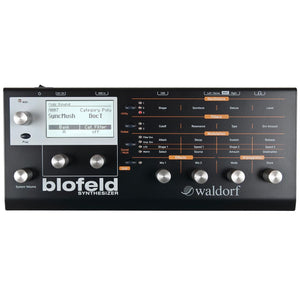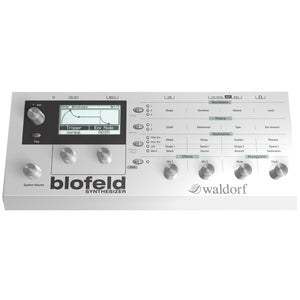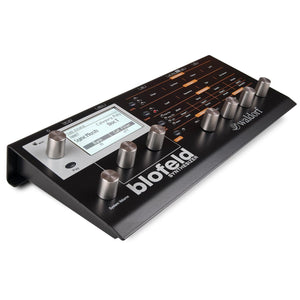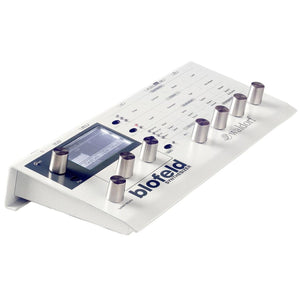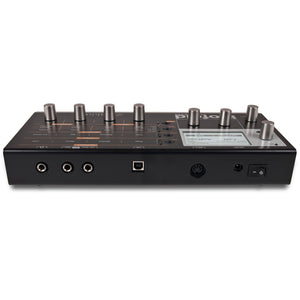Your Cart is Empty
Order Online or Choose Click & Collect - FREE Shipping on most orders over $100
Menu
-
- Computer Audio
- Studio Gear
- Instruments
- Monitoring
- DJ
- Live Sound
- Video
- SALE
-
- News
- New Arrivals
- Sign Up to our Newsletter
- About Us
- Contact Us
- CLEARANCE
- OPEN BOX
- Brands
- Cable Clearance
- SUPER SALE
- 1300 13 0202
- Login

0
Your Cart is Empty
Order Online or Choose Click & Collect - FREE Shipping on most orders over $100





